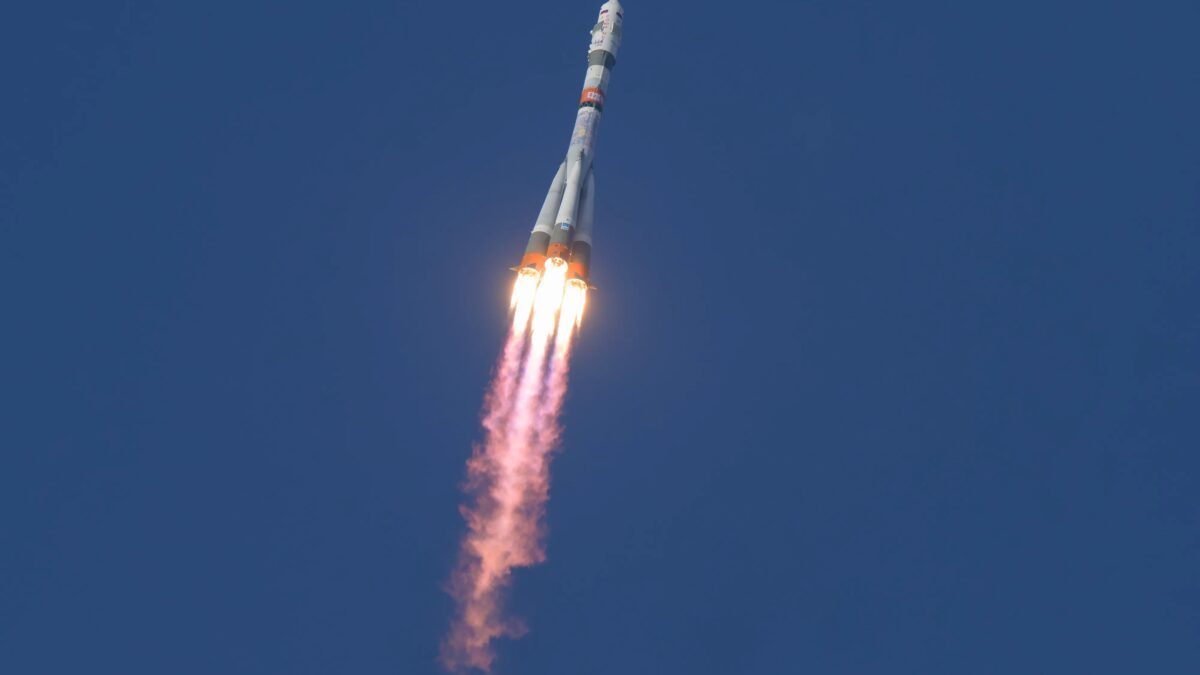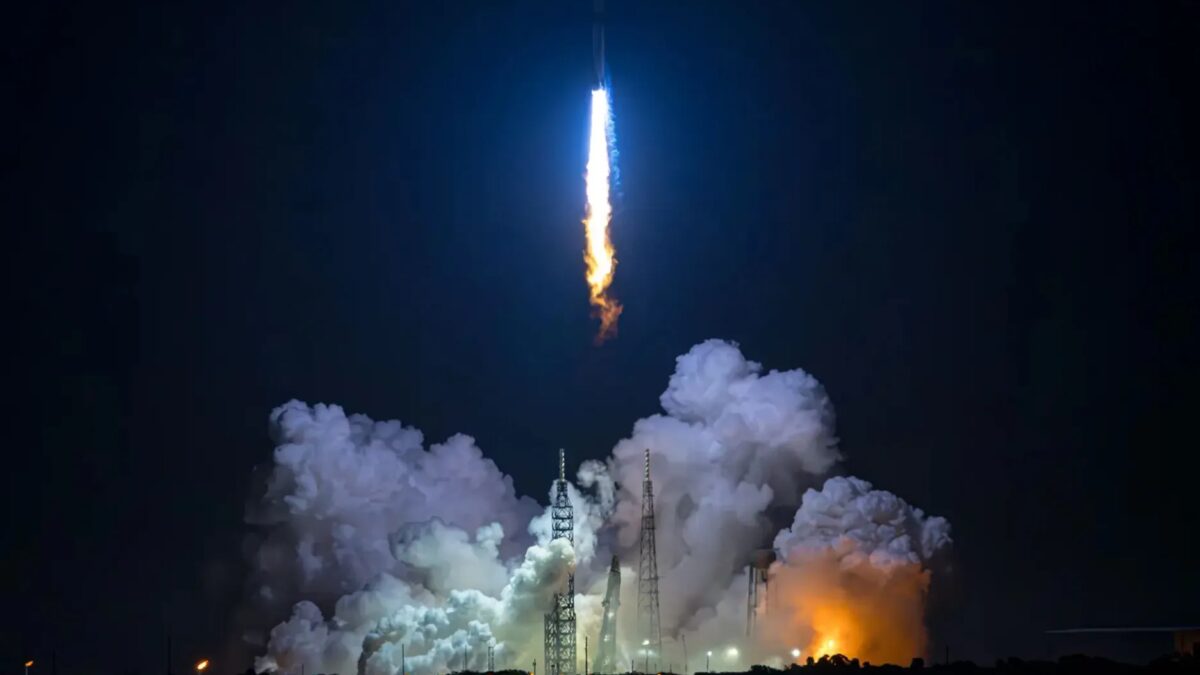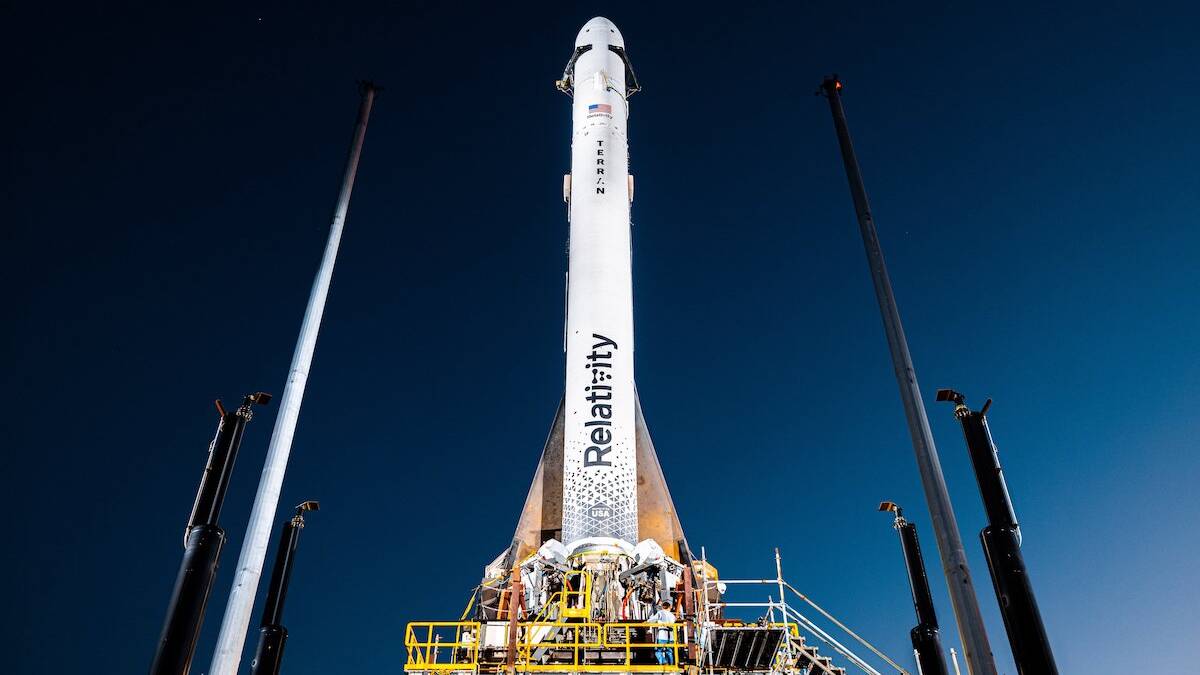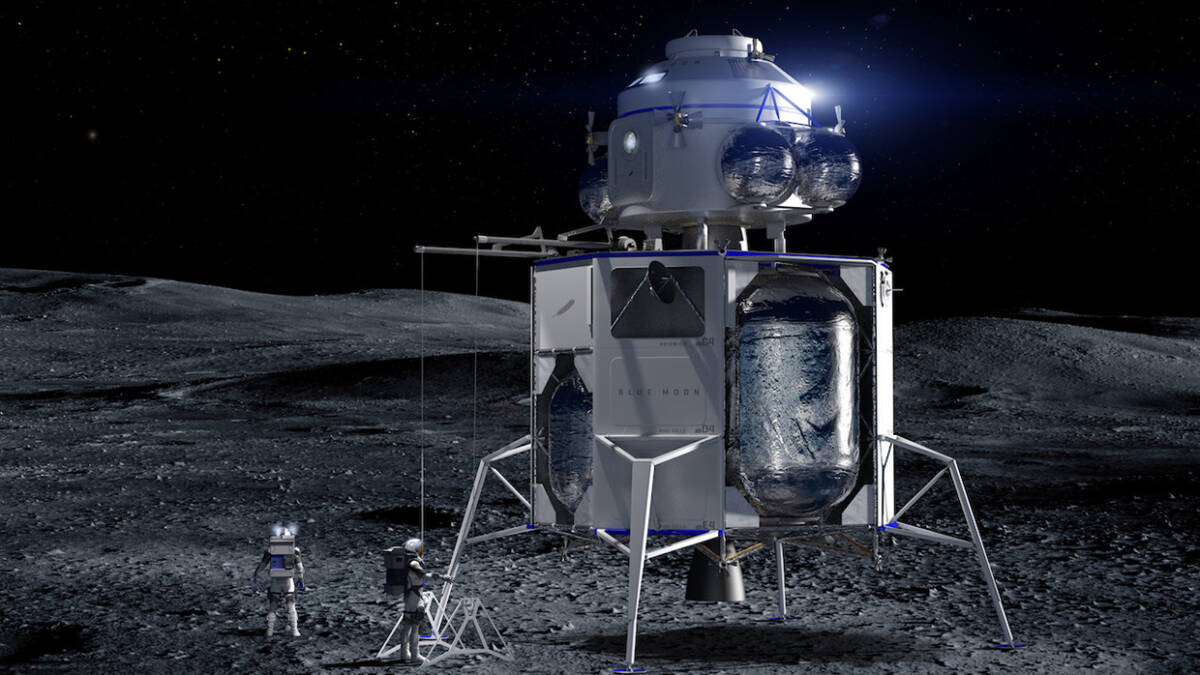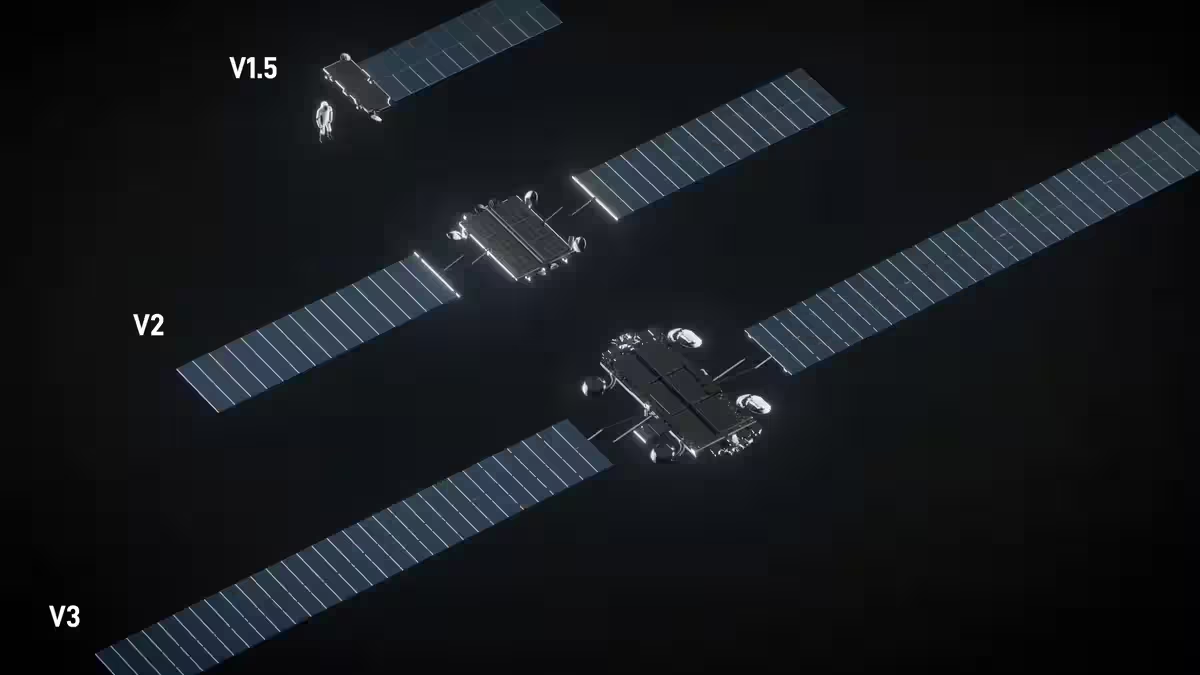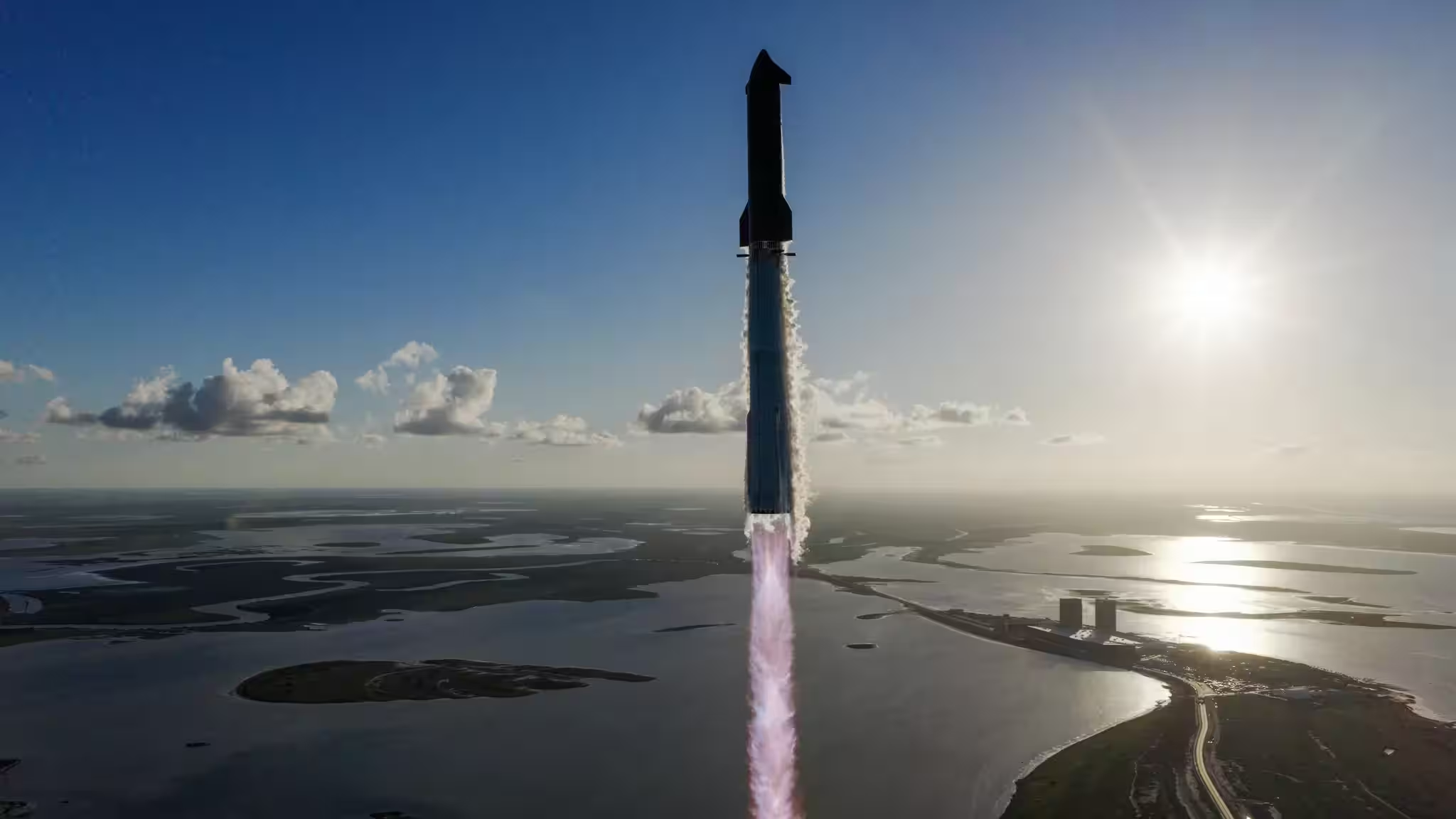NASA SPHEREx sent into orbit: mission, objectives and features

The SPHEREx space observatory has embarked on a two-year mission to create a three-dimensional map of the entire sky. The telescope was launched using a Falcon 9 rocket from a spaceport in California. The launch took place March 12 at 12:00 p.m. Eastern Time, after which SPHEREx successfully separated from the launch vehicle and entered low-Earth orbit.
Telescope missions and capabilities
SPHEREx will be in a constant position relative to the Sun and complete a full revolution around the Earth every 98 minutes. During this time, it will be able to observe a 360-degree swath of sky in the optical and near-infrared bands.
The telescope will create a complete map of the sky in six months and a three-dimensional map of more than 450 million galaxies and more than 100 million stars in the Milky Way over the two-year mission.
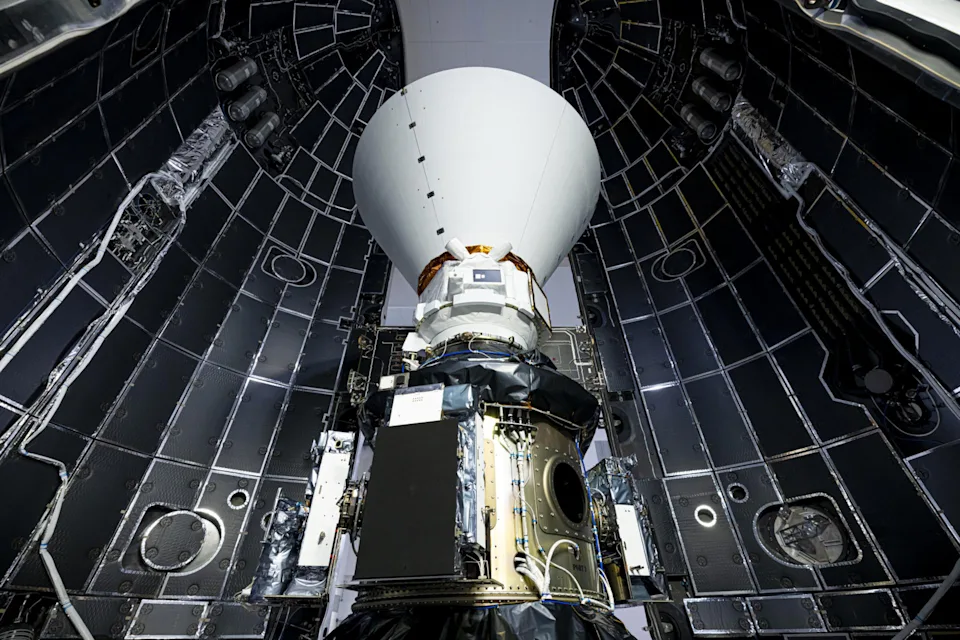
Spectroscopy method and science goals
SPHEREx uses spectroscopy to separate the infrared light of objects into 102 separate colors, which will allow scientists to study the composition and distance of galaxies. The method is being compared to the work of a prism that arranges sunlight into a rainbow.
The main scientific goals of the mission are:
- Study of the period immediately after the Big Bang
- Finding evidence of cosmic inflation (the rapid expansion of the universe)
- Analyzing the chemical composition of stars and galaxies
Additional studies with PUNCH
The four satellites of the PUNCH mission have been launched along with SPHEREx to map the solar corona. They will help investigate the transformation of the corona into the solar wind, which could improve space weather prediction.
Start of Science Operations
In four days, SPHEREx will drop the protective cover from the telescope, and a month later, once temperatures stabilize, it will begin full science operations.

